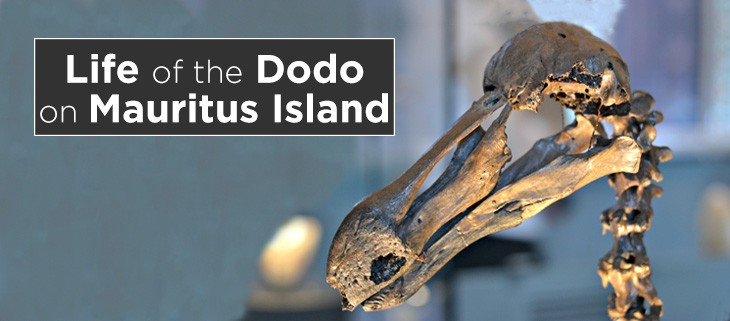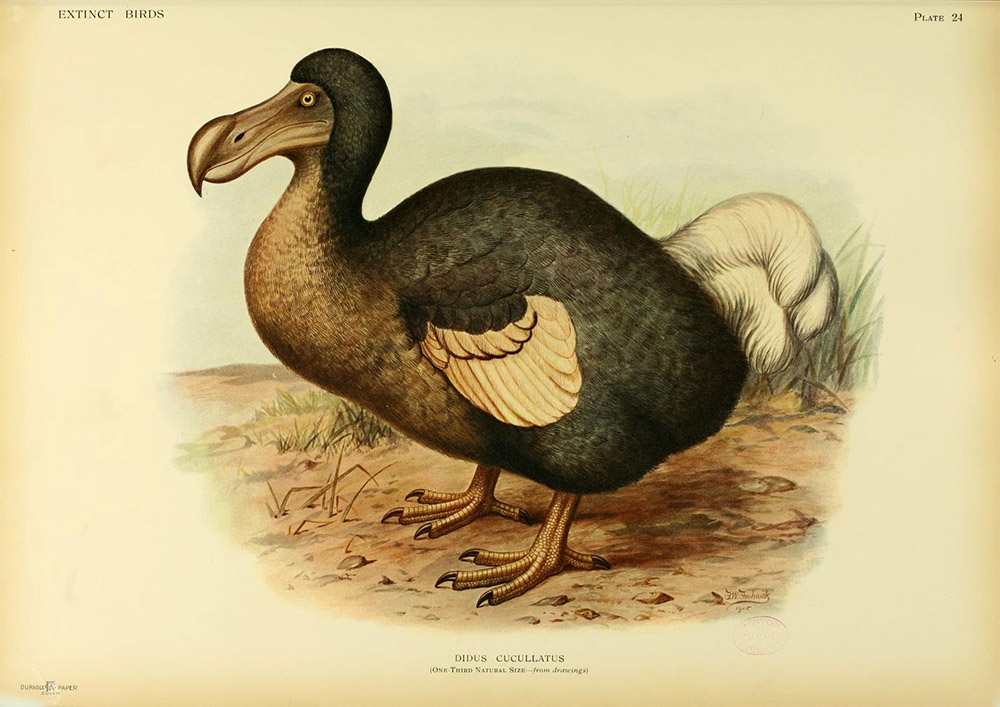May 19, 2025
UNOC 3 Position Paper
Read our position paper on The 3rd United Nations Ocean Conference (UNOC 3) to see why we're attending and what we aim to accomplish!
We use cookies to help you navigate efficiently and perform certain functions. You will find detailed information about all cookies under each consent category below.
The cookies that are categorized as "Necessary" are stored on your browser as they are essential for enabling the basic functionalities of the site. ...
Necessary cookies are required to enable the basic features of this site, such as providing secure log-in or adjusting your consent preferences. These cookies do not store any personally identifiable data.
Functional cookies help perform certain functionalities like sharing the content of the website on social media platforms, collecting feedback, and other third-party features.
Analytical cookies are used to understand how visitors interact with the website. These cookies help provide information on metrics such as the number of visitors, bounce rate, traffic source, etc.
Performance cookies are used to understand and analyze the key performance indexes of the website which helps in delivering a better user experience for the visitors.
Advertisement cookies are used to provide visitors with customized advertisements based on the pages you visited previously and to analyze the effectiveness of the ad campaigns.

Mauritius Island was once home to one of the world’s most famous extinct species–the Dodo. The large grey bird was last seen in 1662, but researchers are still learning about the species and exactly how it lived on the island.
Researchers have long known that the Dodo bird was a fruit-eating bird related to pigeons and was largely responsible for seed dispersal for native plant species.
Their ultimate demise on the island was due to a combination of hunting and the introduction of invasive monkeys, deer, pigs, and rats. Dodo birds evolved on Mauritius without any natural predators, so when ships brought non-native species, whether intentionally or not, the birds had no evolutionary response for predation and competition for food.

Now researchers are studying what the bird’s life was like before the introduction of predators by studying the species’ growth patterns from preserved bones. Using the limited remainders of bones, researchers have begun to understand the life history of the mysterious bird. Dr. Delphine Angst of the University of Cape Town, South Africa commented:
It’s difficult to know what was the real impact of humans was if we don’t know the ecology of this bird and the ecology of the Mauritius Island at this time.
The new researcher revealed that Dodo chicks hatched in August and grew quickly into their adult forms out of necessity for survival before cyclone season in November to March. Although they grew to full size, researchers believe the species took years to reach sexual maturity.
Understanding how the species lived before invasive species and humans is crucial to understanding their evolution, explains Dr. Angst:
So that’s one step to understand the ecology of these birds and the global ecosystem of Mauritius and to say, ‘Okay, when the humans arrived what exactly did they do wrong and why did these birds became extinct so quickly?’
Clarifying the natural history of the large Dodo will clarify the impacts humans and invasive predators. Finally, researchers would understand how these threats drove a population from thriving to extinct in a mere century.
Featured Photo: Skeleton of a Dodo. Credit: Megan Danner
Source: BBC
Check out other journal entries we think you might be interested in.
Notifications